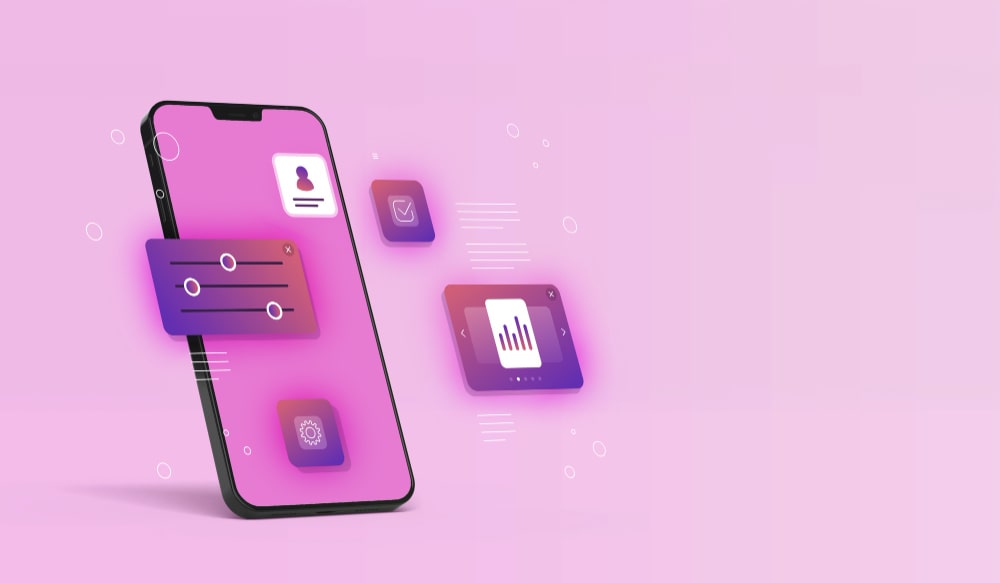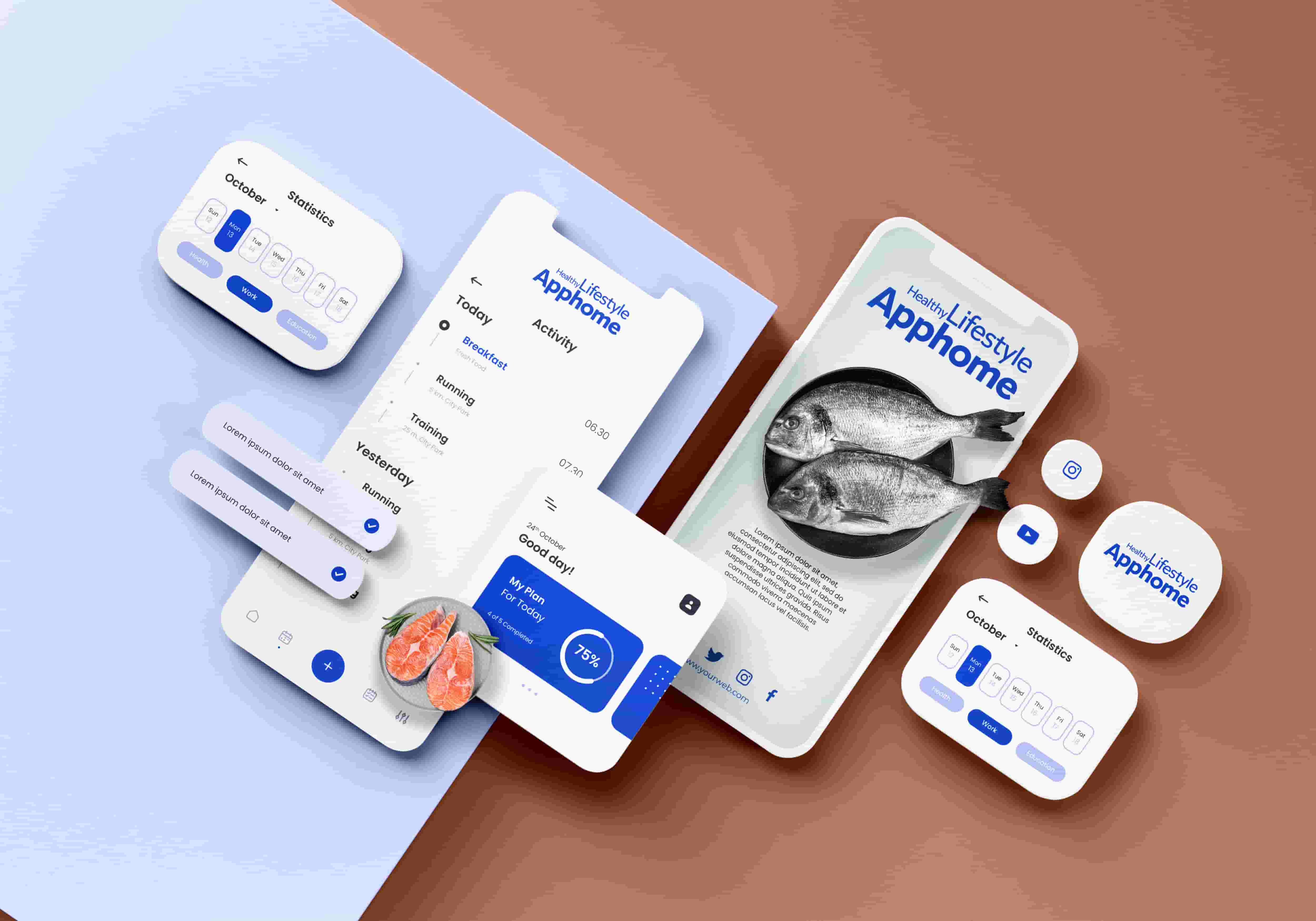Whether it’s the thrill of conquering a virtual realm or the satisfaction of unlocking new levels, the allure of games is universal and timeless. This intrinsic love for games has birthed an ingenious digital marketing strategy — a secret weapon for increasing brand awareness and customer engagement.
What is Gamification in Marketing?
Gamification in marketing
utilizes game design elements and mechanics to effectively captivate and propel individuals towards specific actions by leveraging incentives like rewards, badges, points, and leaderboards. This prevalent marketing approach embeds game dynamics into diverse arenas like websites, apps, and social media platforms.
Imagine infusing the excitement of a game into your marketing efforts, where every interaction becomes an engaging challenge and each purchase transforms into a rewarding achievement! Let’s explore the benefits of gamification in marketing and discuss how to implement it effectively.
6 Benefits of Gamification in Marketing
Increases User Engagement:
Engaging today’s tech-savvy and easily-distracted consumers is a perpetual challenge. Marketing gamification provides a unique solution by turning routine interactions into enjoyable experiences. By integrating game elements such as challenges, rewards, and leaderboards, brands can captivate their audience’s attention and keep them actively participating. This heightened engagement translates into extended interaction periods with your brand, leading to deeper connections and enhanced recall.
Builds Brand Awareness:
In a cluttered digital environment, breaking through the noise and making your brand memorable is crucial. Incorporating gamification in marketing allows you to create interactive experiences that stick in the minds of consumers. Through memorable games and challenges, your brand’s identity becomes intertwined with positive emotions and enjoyable moments. As players share their experiences with friends and family, your brand’s reach expands, leading to increased brand awareness.
Collects Data Non-Intrusively:
Gamification provides an unobtrusive way to gather valuable data. Users willingly participate in games, quizzes, or challenges, allowing you to collect insights without disrupting their experience. This data can inform personalized marketing strategies and enhance customer segmentation.
Boosts Conversion Rates:
By incorporating gamified elements into your sales funnel, you create a more engaging path for users. Whether it’s a progress bar, a countdown timer, or a spin-the-wheel game, these interactive features encourage users to take action. Higher engagement often leads to improved conversion rates.
Enhances Learning and Training:
Beyond customer-facing marketing, gamification is effective for employee training and learning programs. By turning training modules into interactive games, you can improve knowledge retention and make learning enjoyable.
Fosters Brand Loyalty:
When users associate positive emotions with your brand through gamified experiences, they are more likely to remain loyal. Whether it’s a loyalty program with point-based rewards or exclusive challenges for existing customers, gamification strengthens brand affinity.
How to Implement Gamification in Marketing
Interactive Content:
Include interactive elements like quizzes, polls, or puzzles in emails, encouraging recipients to actively engage with the content and share their results with others.
Scratch Cards and Spin Wheels:
Create excitement by offering scratch cards or spin-the-wheel games on your website or app. Users can win discounts, freebies, or exclusive access.
Progression-Based Campaigns:
Design campaigns where users progress through levels or stages by completing specific actions. Each milestone unlocks rewards or special offers.
Gamified Surveys and Feedback:
Instead of traditional surveys, turn feedback collection into a game. Offer points or badges for participation.
Contests and Challenges:
Host social media contests or challenges that encourage user-generated content. Reward creativity and participation.
Personalized Rewards:
Tailor rewards based on user behavior. Whether it’s leveling up in a loyalty program or achieving specific milestones, personalized rewards enhance engagement.
Remember, gamification is more than a trend; it’s a transformative approach that taps into the core of human psychology. Unlock triumph with gamification marketing, your exclusive key to success!
Gamification marketing harnesses the power of video games and game principles to boost user engagement and achieve desired outcomes.
Let’s enhance our exploration of gamification marketing with three additional headings:
Personalization through Gamification
Experiences with individual preferences are a key marketing goal. Gamification allows brands to personalize interactions by adapting game mechanics based on user behavior and preferences. Whether it’s custom challenges, personalized rewards, or targeted leaderboards, this approach creates a more relevant and engaging experience for each user.
Challenges and Rewards: Striking the Balance
Effective gamification strikes a delicate balance between challenges and rewards. Too easy, and users lose interest; too difficult, and they become frustrated. Brands must design challenges that are both achievable and stimulating. The right rewards—whether tangible (discounts, freebies) or intangible (badges, status)—motivate users to stay engaged.
Measuring Success: Metrics and KPIs
To evaluate the impact of gamification, marketers need robust metrics. Key Performance Indicators (KPIs) include user engagement (time spent, interactions), conversion rates, and retention. By analyzing these metrics, brands can fine-tune their gamified strategies and optimize outcomes.
Remember, gamification isn’t just about points and badges—it’s about creating memorable experiences that resonate with your audience.









